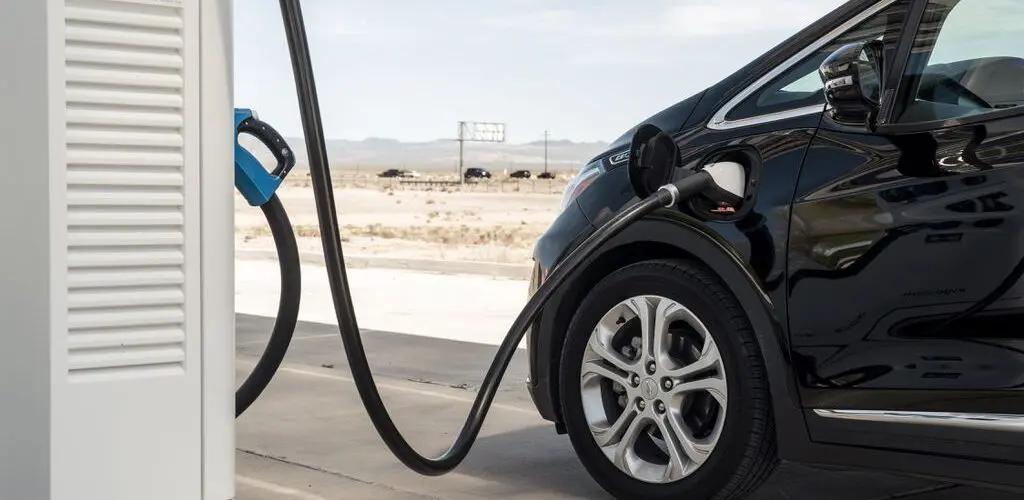Myth Busting: Electric Vehicle Charging and Reliability
EVs don’t work in the cold weather, and the car heater kills the battery!
While older EVs do experience reduced efficiency in their battery life below 30° Fahrenheit, traditional gas-powered vehicles experience the same issue. In newer EV models this issue is reduced and the extreme cold usually affects the battery by about 15-30%. Newer EVs have also found a solution to the problem of heater use reducing the battery level, equipping their models with heat pumps that heat the car and do not reduce the battery capacity by any significant percentage when in use.
EVs are expensive; it’s cheaper to stick with gas vehicles.
In very recent years, both new and used car prices have dramatically escalated. But the price for many EV models has come down, and there are financial incentives available for many makes of cars from federal and state programs that make EVs competitive with the price of new gasoline and hybrid vehicles. You can check the IRS website to see financial incentives that may be applicable to your situation. The incentives can be substantial, depending on where the car was built, and the battery materials were mined. Lower price EVs include the Kia Niro, Chevrolet Bolt, and Tesla Model 3 (base model).
The range thing freaks me out; I could get stranded!
Most late-model EVs have an achievable range of about 200-250 miles, and several have more than 300 miles, far above the range of the average daily driver. Charging stations exist throughout the region for longer trips, with new programs promoting additional charging station locations. Plus, it’s important to remember that if you have a home charger, you can fully charge your EV and need fewer breaks at charging stations on the road.
Charging an EV is complicated; how do people figure it out?
Charging an EV is similar in many ways to charging a mobile phone. You can charge your EV in at least three ways. Here are your options:
- Plug it into a wall socket! A typical home socket is 110V, known as a Level 1 charger. This method of charging can be slow, taking about 8-10 hours to charge the battery fully. Few people prefer this method because it takes so long.
- Install a Level 2 charger at home that can “fill the tank” in about 2-4 hours. This charger uses 240 volts, typically charging four times faster than Level 1. Many states or consumer groups have incentives to install home chargers, and they’re as simple to use as plugging in your car and removing the plug once it’s full. Here’s a picture of a home charger in my garage. I have two lines for two EVs.

- Charge on the road with a “Supercharger” in about 20-30 minutes. See below for more on the Supercharger.

Wait, I can charge at home, but what about out on the road? I’m going to get stranded again!
There are chargers throughout the U.S. and Canada. In Maine, where I live, there are approximately 216 high-speed chargers available on the roads, with 708 slower community chargers. Of course, there are fewer chargers in rural areas, and some planning is required. It is a little more complicated than charging at home, but not much, and there are phone apps that can help you navigate to the nearest charger. On the road, many chargers are so-called “Superchargers” or Level 3 chargers that can charge your car fully in about 20-30 minutes. A new fleet of even faster Level 4 chargers is being installed in the United States. You can easily download many apps on your phone, such as Plugshare and ABRP, which show you where the chargers are located, whether they are working or occupied. Once you find one on the map, you touch the screen on the pin, and it gives you directions to the Supercharger! These apps also allow you to plan your journey so that you are sure chargers will be available along the way.

For questions, please email Senior Policy Advocate and Maine Program Director Pete LaFond at plafond@acadiacenter.org, and he will endeavor to answer your questions.



















